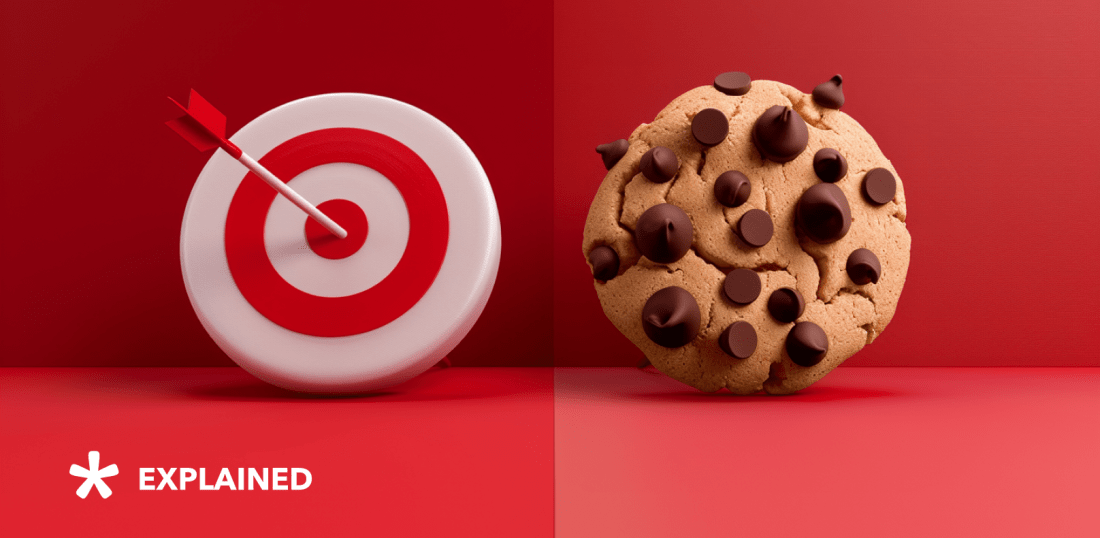Please Don’t: 4 Website Promotion Mistakes
We collected 4 typical fails about website promotion with one call-to-action: stop doing that!
There is no universal formula to increase your website traffic, but the biggest mistakes are quite common. Some of myths were once true but need to be revisited; some never really were true but became part of an easily-spouted narrative for publishers. In each case, we’ll take a look at the myth — and the corresponding truth. Basically, the biggest mistake website can make, is to believe that what used to work several years ago, still works in 2016.
Myth #1: “do SEO” and then never come back to their organic efforts or SEO Is Dead
The SEO of 2010? Sure, that’s dead and we hope never reveals. Tons of black-hat and gray-hat techniques are a stillborn creature at all. Search algorithms change all the time — and SEO and content strategies have to be revisited at least yearly to make sure they’re still effective. Like any other channel, it requires more than just maintenance; it must involve a cycle of testing and re-strategizing that can dig up reasons to increase (or decrease) resources. Moreover, SEO strategies grown to incorporate hugely important initiatives like UX, conversion rate optimization and CTR optimization.
Myth #2: Social Can Only Work For Chosen Ones
For many publishers, social is the largest driver of new users acquisitions and retention.
Social is all about people-based marketing; it allows you to reach the right people at the right time with the right message. Taking about content projects, on avarage about 40% of website traffic is social.
And remember: The more you invest in your brand on social and grow your presence, the more brand loyalists and evangelists will come to your rescue and defend your brand to the naysayers. Is it emotionally hard to see critical feedback? Of course it is. But you can turn it into a useful source of information and goodwill for your business.
Myth #3: You don’t need testing/ Let’s test it all
You should constantly be iterating on your pages, no matter how awesome the first wave of results might have been. But remember that your testing should always be based on a hypothesis; don’t just test for the sake of testing. Don’t make decisions based on your own perception, statistics rules. Don’t lose time; get data.
Another road to hell is to do A/B test for each redesigned element. Spending week for testing if changing text size for 5% increases average time spend on website is a disaster. Don’t try to do everithing flowless, you don’t have time for that.
If you do want to redesign, make sure you have the results to back up the decision.
Myth #4: Mobile audience does not metter that much
It’s still common for Web designers to develop wireframes and comps for your website that do not include the mobile site. After all, just throw in a WordPress plugin and ta-da! it’s mobile ready. That’s kind of like competing for second place.
Mobile isn’t the future — it’s the present. Stop underestimate your mobile audience. According to a recent study by ShareThis, Web users are almost twice as likely to share content from their mobile devices as they are from their desktops.
Is your site adapted for mobile devices? How much time does it takes to load your page? If it is more that 5 seconds, you’re done. Try to optimize your website. The last but not the least, since this year Google takes into account your mobile version ranking you in search results.



